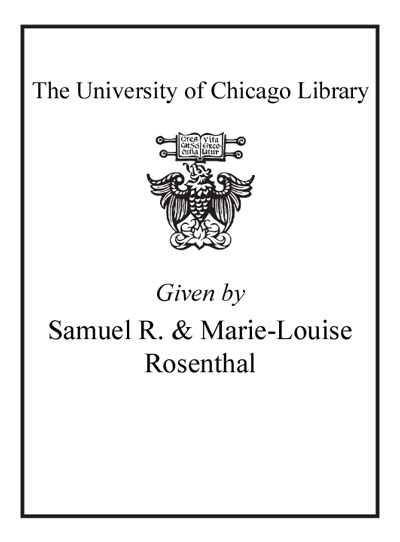Review by Choice Review
This catalogue accompanied the first major US exhibition (mounted at the Getty Center, Los Angeles, in 2016) to focus exclusively on the Mogao Grottoes, a set of Buddhist cave chapels carved into a cliff face near Dunhuang, a city on the southwestern edge of the Gobi Desert. Commemorating the Getty Center's long-term involvement in the conservation of the site, the exhibition comprised three replica caves and dozens of artifacts loaned from collections in Britain and France. The artifacts were taken from Dunhuang by archaeologists and explorers in the early 20th century. The catalogue's nine essays present a biography of the cave site from its inception to the present day. Readers learn not only about the site's production and function during its heyday, but also about its later history--four centuries of neglect, its "rediscovery" in the late 19th century, and its recent restoration and conservation. Also valuable is an essay on "copying" the Dunhuang caves and how that practice connects with China's earlier art traditions. Richly illustrated with more than 200 color images, this is the best introduction to the history of the Dunhuang site published to date. Summing Up: Highly recommended. Lower-division undergraduates through faculty and professionals; general readers. --Allison Ruth Miller, Southwestern University
Copyright American Library Association, used with permission.
Review by Choice Review

